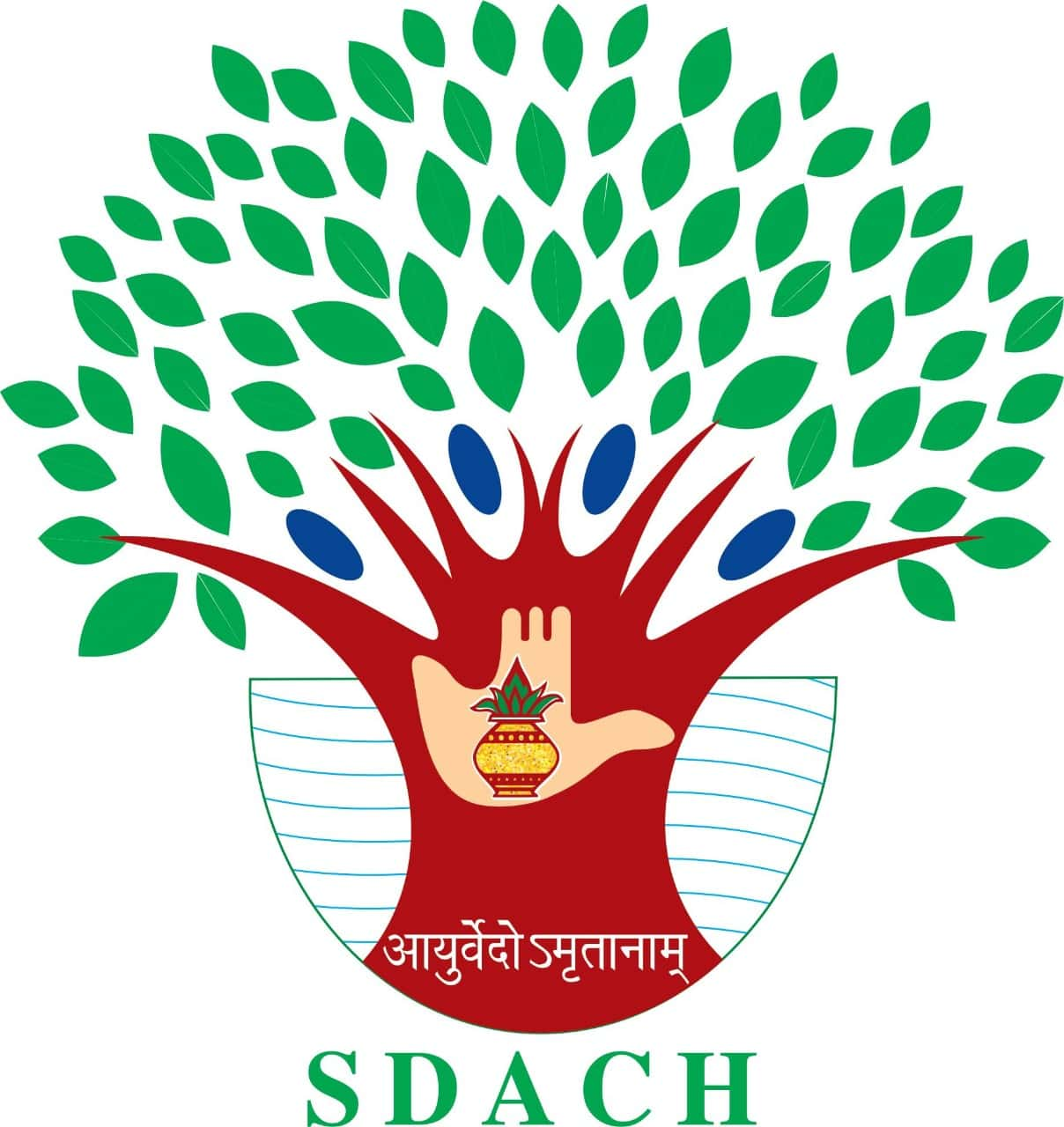Botanical Name : Cassia alata
Family : Caesalpiniaceae
Vernacular name
English name: Candle Bush, Ringworm shrub
Assamese: Khorpat
Hindi:Dadmurdan,Dadmari
Kannada: daddumardu, dahvala, dhavala gida
Malayalam:Simayakatti,Puzhukkadikonna, Malamthakara, Chakrathakara
Morphology
It is a shrub that stands 3-4 m tall, with compound leaves 50-80 cm long.
Leaflets are 6-12 pairs, 4-13 x 2-6 cm, oblong to obovate-oblong, base rounded to somewhat heart-shaped, tip rounded.
The leaves close in the dark.
The inflorescence looks like a yellow candle.
The fruit, shaped like a straight pod, is up to 25 cm long.
Its seeds are distributed by water or animals.
The seed pods are nearly straight, dark brown or nearly black, about 15 cm long, and 15 mm wide.
On both sides of the pods is a wing that runs the length of the pod.
Pods contain 50 to 60 flattened, triangular seeds.
Candle Bush is native to SW Mexico to Tropical America, cultivated and naturalized in India.
Therapeutic Uses
Candle Bush is often called the ringworm bush because of its very effective fungicidal properties, for treating ringworm and other fungal infections of the skin.
The leaves are ground in a mortar to obtain a kind of “green cotton wool”.
This is mixed with the same amount of vegetable oil and rubbed on the affected area two or three times a day. A fresh preparation is made every day. Its active ingredients include the yellow chrysophanic acid.
- alata is widely used in folk medicine and home remedies for treating common ailments, such as ring worm, skin diseases, rheumatism, diabetes, stomach pain, constipation and gonorrhoea.
Ethnomedically, the leaves are used as a purgative, expectorant, astringent and as a mouthwash
The leaves are also specific for the treatment of ringworm and eczema,scabies, athlete’s foot, herpes and insect bites
Various extracts and different parts of Cassia alata have been reported to own many pharmacological activities such as laxative,antifungal,woundhealing, hypoglycaemic,anti-bacterial,anthelmintic,analgesic,antiinflammatory,Abortifacient and Anti-lipogenic activity





